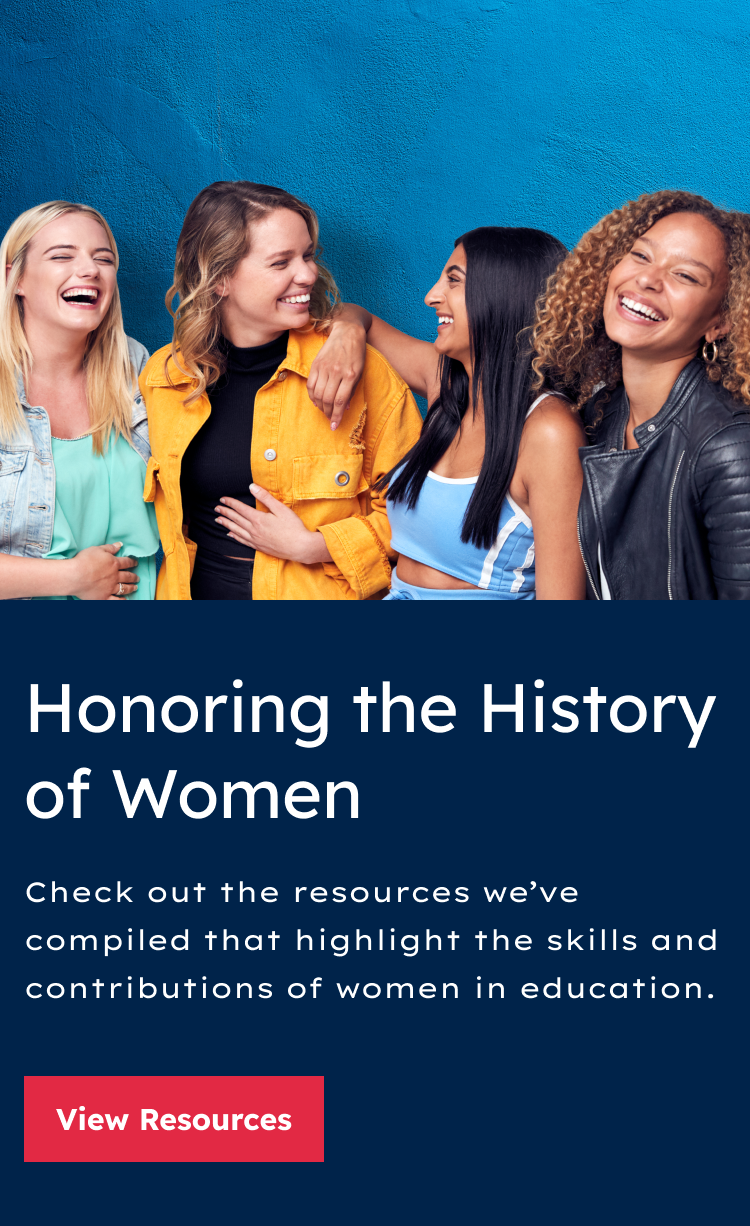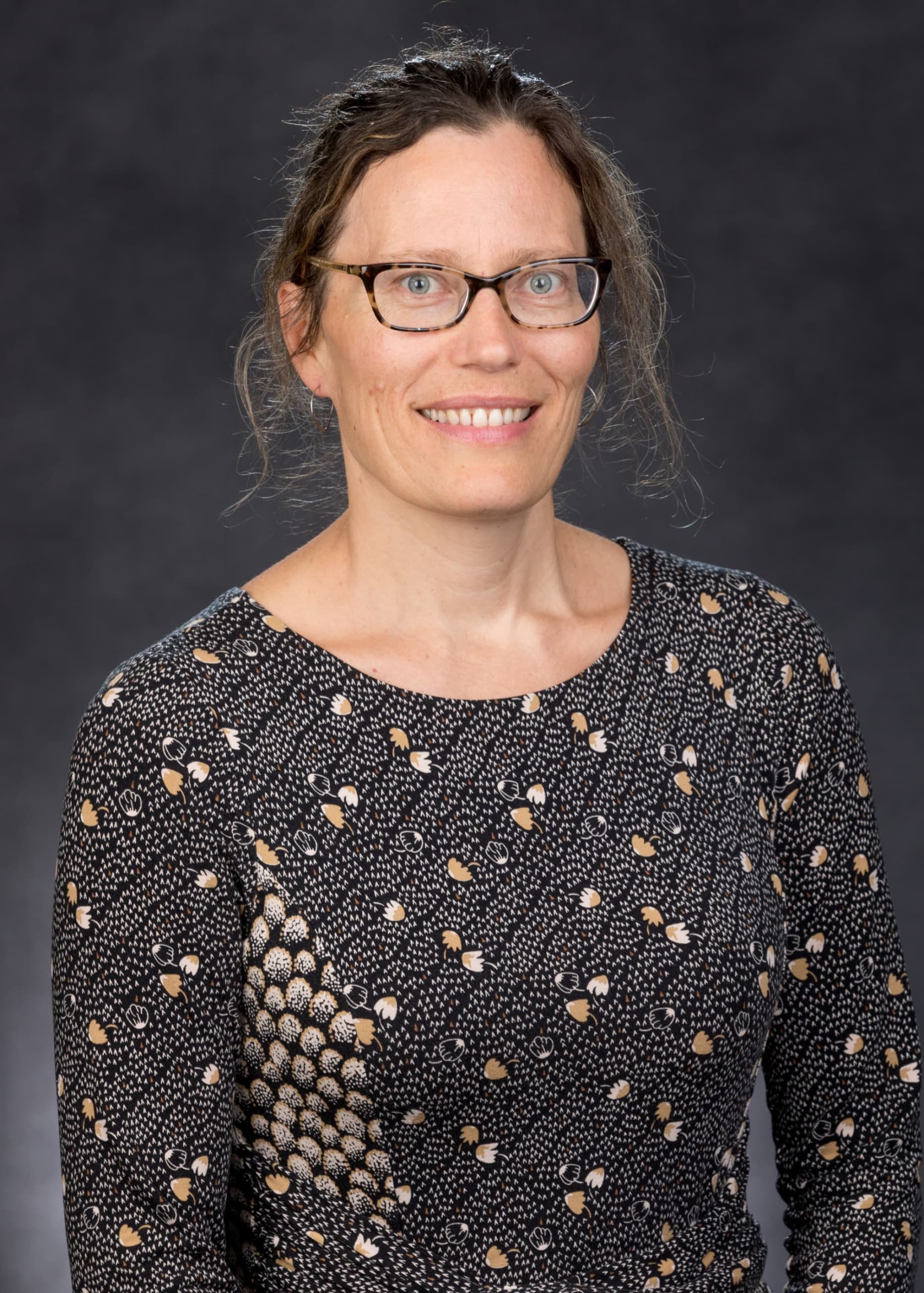What Is Women’s and Gender Studies and Why Is It Relevant?
- Women’s and gender studies emerged from the civil rights and feminist movements.
- Over time, this field has become intersectional in its curriculum and practice.
- Women’s and gender studies gives colleges the opportunity to embrace diversity and inclusion.
Women’s and gender studies (WGS) is a relatively new field. While disciplines like history and mathematics trace their roots back to antiquity, the first women’s studies department opened in 1970.
Today, hundreds of colleges — from small liberal arts institutions to prestigious research universities — offer women’s and gender studies degrees. Sometimes maligned as a “useless major,” WGS actually plays an important role in higher education. Institutions that once excluded women now grant degrees that focus on women’s experiences.
But why did hundreds of women’s studies programs appear in the 1970s? And what impact does women’s and gender studies continue to have on higher education today?
The History of Women’s Studies
Women’s studies grew out of a lack of gender equality in higher education and society.
Consider the situation for women in the 1960s, before the first women’s studies program. Women could not open a bank account without a male cosigner. And some states still banned women from serving on juries.
Furthermore, several Ivy League institutions still refused to admit women. Columbia did not admit its first female undergrads until 1983.
The first women admitted to exclusively male institutions often faced harsh conditions. In 1969, Yale University announced that it would admit women for the first time. One of the first female students at Yale asked a history professor if he might offer a women’s history course. He responded, “That would be like teaching the history of dogs.”
The First Women’s Studies Department
In 1970, San Diego State College opened the first women’s studies department. The new discipline was established as a direct result of the women’s movement, which shined a light on many inequities in American society. It was also a rebuke to academics who scoffed at the idea of studying women’s contributions.
Higher education responded to the women’s movement by establishing new departments that would specifically examine women’s issues, often with an activist angle. These early women’s studies programs were often run by professors in other departments who began offering women’s studies courses.
The new discipline caught on. In the mid-1970s, a survey found that as many as one-third of female undergrads had enrolled in a women’s studies class. By 1980, over 300 schools offered women’s studies programs.
Civil Rights Drove the Push for Women’s Studies
However, women’s studies did not emerge in a vacuum. San Francisco State College established the first Black studies department in 1968 after a student strike. Thanks to student demand during the civil rights movement, colleges across the country established ethinic studies programs.
Driven in large part by activists, the rise of women’s studies and ethnic studies was a response to the changing demographics of higher education itself. Institutions that were once exclusively white and male were growing increasingly diverse.
The changing makeup of student bodies demanded changes to higher education. Instead of courses that focused solely on the thoughts and actions of white men, college-level classes would also critically examine the role of women and people of color in society.
What Is Women’s and Gender Studies?
Women’s studies grew out of the feminist movement. “From the beginning, the goal of Women’s Studies was not merely to study women’s position in the world but to change it,” explained historian Marilyn J. Boxer — one of the first chairs of the women’s studies department at San Diego State College.
Early women’s studies majors saw themselves as advocates for social change. They supported the Equal Rights Amendment, pushed for laws to protect women’s rights, and encouraged equality at various levels of society and culture.
Within higher education, women’s studies programs pushed for more inclusion of women in the overall curriculum. However, early women’s studies programs often prioritized a narrow definition of “women.”
Studying Women and Gender Through an Intersectional Lens
In the 1970s, “the concept of ‘women’ … had largely been defined as white, middle-class, heterosexual, Christian, educated women of priviledge,” wrote scholar Alice Ginsberg.
Over time, women’s studies departments changed to become more inclusive and intersectional. Many colleges, for example, turned their women’s studies departments into women and gender studies programs to include a stronger focus on gender theory. Some adopted the label WGS — short for women’s, gender, and sexuality studies.
“Since then, the field of women’s studies has evolved in really important ways in terms of intersectionality,” Dr. Abigail Brooks, director of Providence College’s WGS program, said. “Incorporating gender and race and class and sexual orientation — a whole host of multiple positions, identities, and accesses that embody not just knowledge and contributions, but also unjust exploitation, oppression, etcetera.”
Women and Gender Is a Broad Field of Study
Rather than being rooted in a single discipline, women’s studies programs use an interdisciplinary approach to investigate women’s contributions, as well as how the social status of women has changed over time and the cultural constructs of gender. Women’s studies draws on:
- History
- Sociology
- Literature
- Politics
- Psychology.
“The first thing to know about women’s studies is that it’s a very broad and expansive discipline,” Brooks said. “When you’re a women’s studies major, you’re going to be interacting with experts, academics, and teachers who are representative of cutting edge research in all of these fields of study…and that expertise is going to be through the lens of women and gender.”
While pursuing a women’s studies degree, students study feminist theory, women’s history, and the intersections of gender and society. Many programs also include courses on race and gender, masculinity studies, and LGBTQ+ studies.
Earning a women’s studies degree can help students build strong analytical and advocacy skills. Majors can also strengthen their critical thinking, writing, and communication abilities.
Women’s studies majors go on to work in a variety of fields. For example, the College of New Jersey reports that its women studies majors have found careers in government, social services, healthcare, and education.

Why Women’s Studies Is Important
For much of its history, U.S. higher education excluded women, people of color, and non-Christians. However, since the mid-20th century, more colleges have prioritized diversity, equity, and inclusion (DEI) efforts.
DEI involves actively encouraging a diverse student body and an inclusive campus. Women’s studies programs can contribute to both of these goals.
College Curriculum Still Prioritizes Men
Women make up the majority of undergraduate students today. Nevertheless, the curriculum in many college courses still overwhelmingly prioritizes men, and women continue to lag behind men among full-time, tenure-line faculty members.
A 2018 study found that international relations courses were five times more likely to assign a text written by a male author. Less than a quarter of political science professors are women, and these professors assign more texts by female authors than their male colleagues. While women make up about half of untenured assistant professors, less than one-third of tenured full professors are women.
Women Still Face Inequities and Injustice
Dr. Brooks said that while we have seen progress since the first women’s studies programs in the 1970s, there’s still a lot of work to be done, which is why WGS programs are still necessary.
“It has never been more relevant and important than it is today,” Brooks said. “While women and folks of all intersections have broken barriers and made strides in terms of equality and access and in terms of just and fair treatment, I think that today, when you look at issues pertaining to women identifying persons…what you see is that we still have glaring issues of inequality and injustice when it comes to women’s everyday lives, women flourishing, women’s quality of life.”
Brooks said the discrepancies are obvious in politics because we haven’t had a woman president yet.
Women’s and Gender Studies Programs Help With DEI Efforts
In an effort to make the college experience more equitable, institutions continue to take steps to promote diversity and inclusion on campus. For example, schools may host diversity seminars for first-year students and establish diversity in hiring initiatives.
And students do notice when campuses prioritize diversity. According to a 2016 report from the U.S. Department of Education, students reported experiencing less discrimination and bias at schools where they perceived a strong commitment to diversity on campus.
Women’s studies programs play an important role in DEI efforts. As an academic discipline committed to identifying systemic oppression and promoting social equity, women’s studies programs can help colleges get closer to meeting their DEI goals.
With Advice From:

Abigail Brooks is Director of the Women’s and Gender Studies Program, and Associate Professor of Sociology, at Providence College. She is author of the book, The Ways Women Age: Using and Refusing Cosmetic Intervention (NYU Press, 2017). Her interrelated research and teaching areas, broadly speaking, incorporate feminisms, women, gender, the body, aging, health and medicine, and media and popular culture. She enjoys teaching Introduction to Women’s and Gender Studies; Gender, Health, and Technology; Gender and the Body in Media and Popular Culture; and Social Theory: Intersectional Perspectives.
Explore More College Resources

Summer Semester: When Does It Start? And Should You Enroll?
School’s out — or, rather, in — for summer. Discover the pros and cons of enrolling in an optional summer semester in college.

by Anne Dennon
Updated March 20, 2023